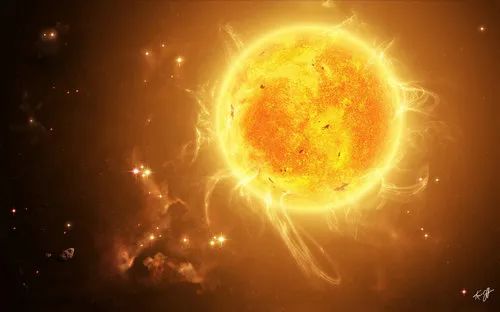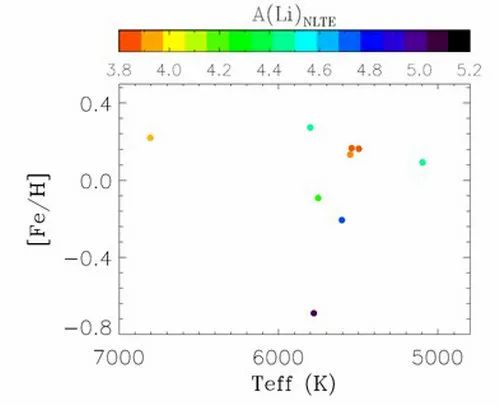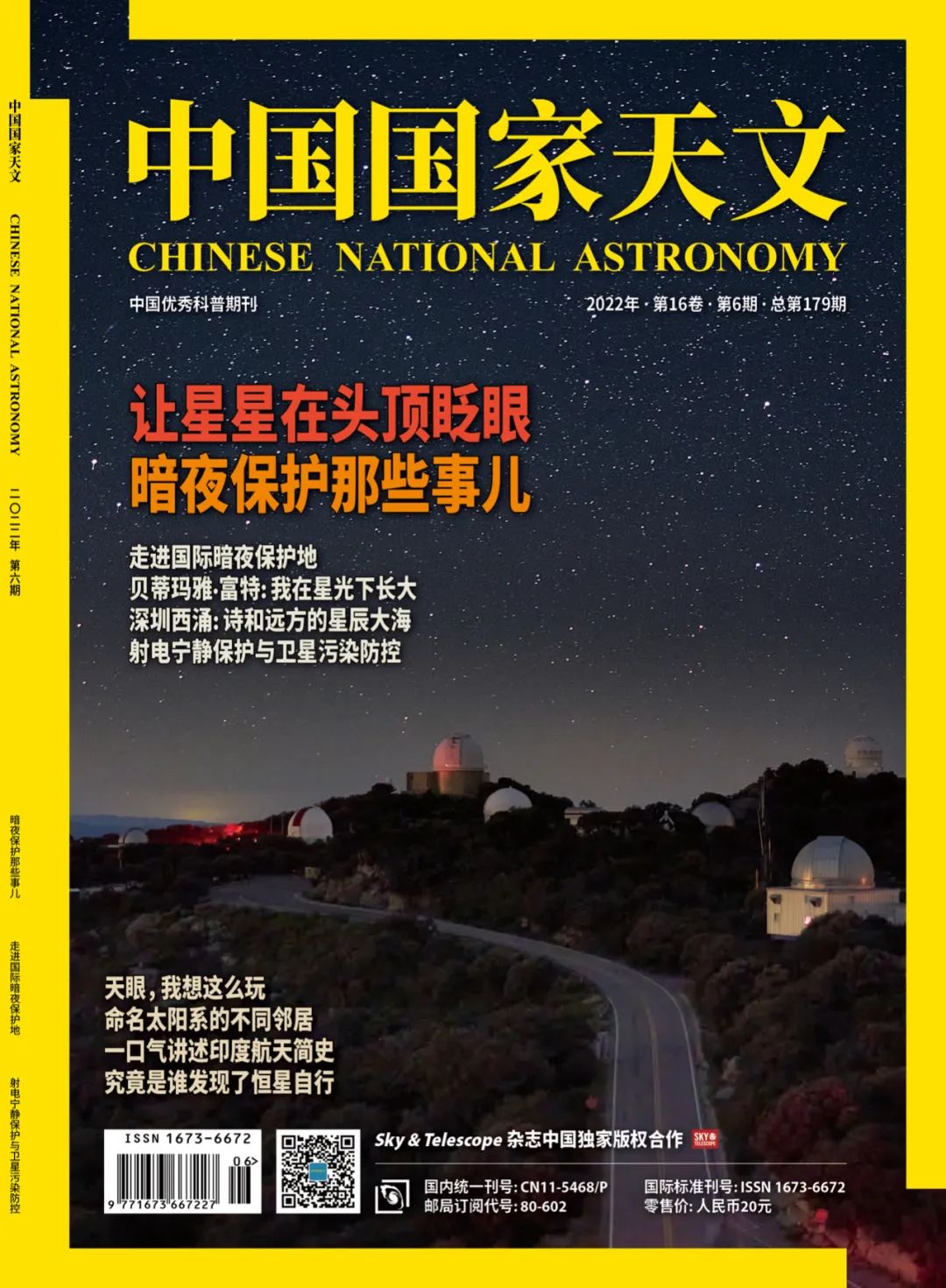Researchers use Lamost data to find nine rare super -rich lithium dwarfs
Author:National Observatory of the Ch Time:2022.07.07
Recently, the scientific research team led by researcher Shi Jianrong of the National Observatory of the National Observatory was based on the resolution spectrum in Lamost, and found nine lithium elements with extremely high -ended stars, which is the super -wealth dwarf. The lithium element content of one of the ultra -rich lithium dwarf reaches 31 times (4.8 DEX) of the sun, which refreshes the lithium element content record of such stars. Prior to this, astronomers only found four similar ultra -rich lithium dwarfs. The research results have important scientific significance in revealing the origin and evolution mechanism of lithium dwarf stars in ultra -rich lithium dwarfs, and it is also an important discovery of Lamost in cutting -edge basic research. The results have been published at the international astronomical journal "ApJl, 2022,929, L14).
Lithium is a key element that connects the Big Bang, interstellar material and stars. It has always evolved in the universe and stars. It is an important issue in the astronomical field. Earlier, astronomers found that there were extremely high lithium content in a very small number of stars that had evolved, which was a lithium -rich superstar. In the past few years, Lamost has achieved a series of breakthrough progress in the research of lithium -rich superstar, and has discovered more than 10,000 lithium -rich superstars, which deepened humans' awareness of the evolution of lithium elements in such rare celestial bodies and superstars. The existence of lithium -rich superstar shows that unknown mechanisms in the process of star evolution can significantly change the lithium content on the surface of the star. However, the nine peculiar ultra -rich lithium dwarf stars in the research results show that not only superstars, very few dwarf stars that have not evolved have also shown that the lithium content is extremely high. It is at least three times higher than the lithium content in the sun, which means that these stars may be formed in an environment with higher lithium content near the sun, or it may be a special mechanism to increase the lithium content on the surface of the star.

The sun showing the sun that belongs to the yellow dwarf star
This kind of super -wealthy dwarf star that has not yet evolved to the superstar stage is very rare. In the past, astronomers only found four, so they knew very little about their formation mechanisms. There has been a lot of controversy for the formation mechanism of super -rich lithium dwarfs that have not evolved to superstars. Astronomers believe that there are several possibilities: 1. Atoms diffusion; 2. Stelings have accumulated surrounding lithium -rich substances; 3. The stars are in the double -star system, and the interaction with the companion has caused extremely high lithium content.
This time, the researchers gave full play to the resolution spectrum tourism advantage in Lamost's multi -target, and discovered nine new super -rich lithium dwarfs at one time. During the research process, the research team considered the influence of the determination of lithium abundance by the non -local thermal balance effect on lithium abundance. Combined with the Lamost spectrum and the timing metering data of the American TESS space telescope, the results showed that the seven super -rich lithium dwarfs had high rotation of high rotation The speed is more than 9 kilometers per second. Three of them have periodic light changes, and one is in the double -star system. These observation evidence shows that for most super -rich lithium dwarfs, accumulating lithium -rich substances may be the main mechanism for their abnormally increased lithium content, but it does not rule out that a few are the result of the interaction between double stars.
This work is led by the National Observatory, and the Nanjing Tiansheng Institute, Beijing Normal University, and Peking University are completed together.
Thesis link: https://iopscience.iop.org/article/10.3847/2041-8213/ac63A5.

The picture shows the schematic diagram of the lithium element content of 9 newly discovered superfluous lithium dwarf stars

National Observatory Information Technology and Science Communication Center
Responsible editor: Yuan Fengfang
Review: Lu Yan, Tian Bin
"China National Astronomy" June 2022
Welcome to read the original text order
International issue number: ISSN 1673-6672
Domestic issue number: CN11-5468/P
Post code: 80-602

Tip: The little friends who want to get the National Observatory of the Chinese Academy of Sciences as soon as possible! Enter

- END -
\"Big Mac\" stands up

Yesterday, a 106 -meter -long and 10 -meter -diameter propylene propane separa...
Basilia has become the first city in Brazil with 5G network services
According to Xinhua News Agency, the Brazilian capital Brazilian officially opened the fifth -generation mobile communication technology (5G) network on July 6, becoming the first city in Brazil to ha